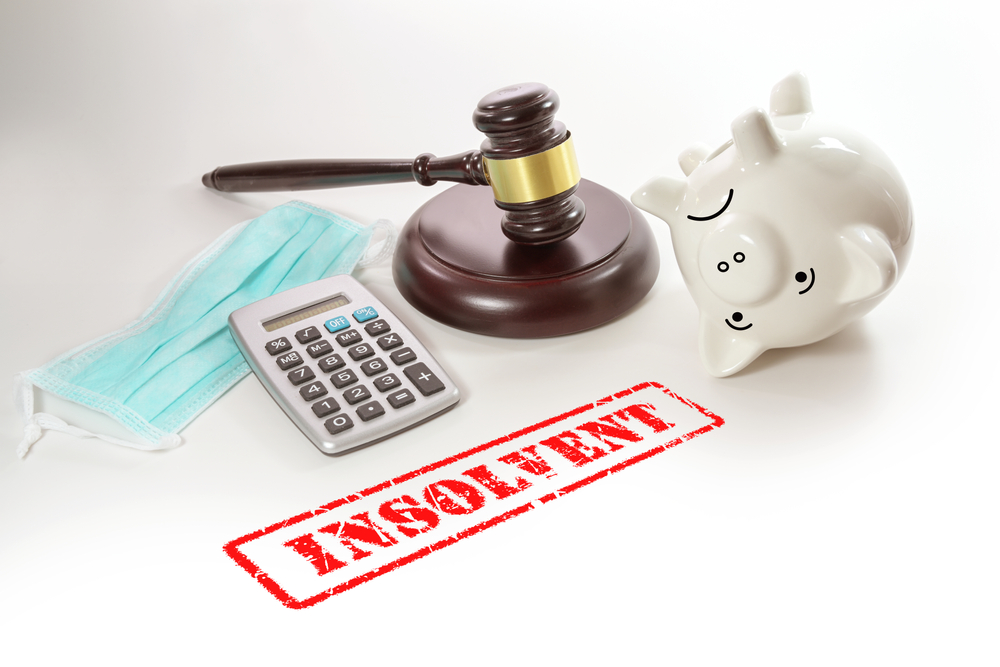For business owners in the UK, the dissolution of a company is a complex process that requires careful planning and execution. When done incorrectly, company windings down can turn into a legal and financial shambles. However, by following best practices, you can ensure a smooth and efficient disposal of your business. This article outlines key steps UK business owners should take when dissolving their company.
Notify stakeholders early
One of the first steps is to inform all relevant stakeholders, including shareholders, employees, debtors, customers, and suppliers. Under the Companies Act, you must issue a notice of your intent to wind down the company to all parties with an interest. Give them reasonable notice so they can prepare. Failing to do this properly can leave you open to legal action later.
Settle debts and liabilities
Before legally winding down, you must settle all outstanding company debts and liabilities. This includes paying off debtors, suppliers, lenders, and any other party the company owes money. Go through company accounts carefully and don’t overlook any liabilities. If debts cannot be paid, insolvency proceedings may be a better option.
Deal with company assets
All assets must be redistributed or disposed of legally and appropriately. Anything of value remaining in the company must be transferred to shareholders according to their rights and interests. Create detailed asset disposal records for transparency.
Make redundancy and termination payments
You must ensure employees are compensated for loss of employment. Give reasonable notice and make any redundancy or termination payments owed under employment contracts or laws. This should include unpaid wages, unused vacation, severance and pensions.
Cancel contracts and services
Notify all service providers, contractors and suppliers that contracts will be terminated given the winding down. Cancel or transfer any leased property, equipment, insurance policies, subscriptions and other services.
Dispose of company property
Any physical property or inventory owned by the company must be sold and converted to cash to settle debts. What can’t be sold should be redistributed to shareholders where possible.
File final tax returns
Before applying for winding down, final corporation tax and VAT returns must be submitted. The final returns must cover all activity since the last returns up to the date of winding down.
Apply for dissolution
Once the above steps are completed, apply to Companies House for voluntary winding down. This involves submitting a DS01 strike-off application. You will also need to publish notices of the application in the Gazette.
Keep records. Dissolving companies must keep records for at least 6 years after the date of winding down, as required by UK tax authorities. Retain sufficient information about the dissolution process for reference if questions arise later.
Using these best practices as a checklist will help ensure you complete all requirements for properly dissolving your UK company. Paying careful attention to the details at each step can prevent costly oversights and ensure your obligations are fully met before closing the company for good. With some professional advice and diligent execution, you can steer your company’s dissolution smoothly. At Future Strategy, we have extensive experience in helping businesses wind down, and we can provide you with the expert guidance you need.





